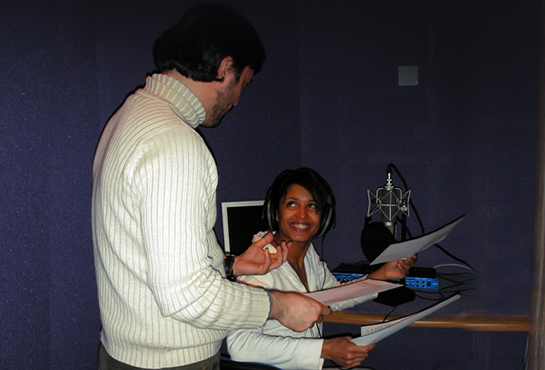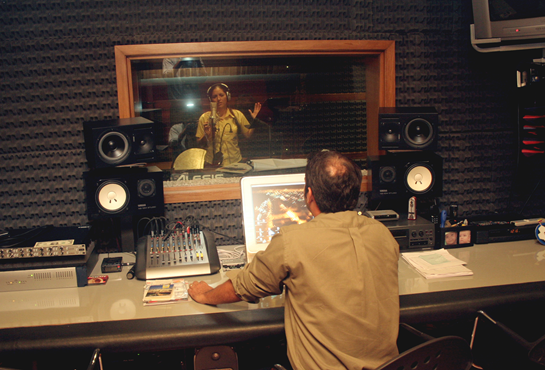Direction in voice-over makes perfect sense. As professional voice artists we all know that the sound booth is no place for egos. It doesn’t matter how well-prepared you are, experienced you might be or how impressive your voice over portfolio is, when you step into that booth you need to be able to take direction and not get tetchy if the director, the producer or the sound engineer doesn’t like the way you’re doing it.
If you’re new to the industry, getting voice-over direction can be even more daunting. If the voice-over doesn’t go quite how you planned then it can be crushing to hear the director, client , producer or whoever is running the show to tell you that you’re not doing it to their satisfaction and to give it another go. It’s times like this when it really helps to be prepared and have a few different styles of delivery up your sleeve.
When you get the script you usually practice it quite a few times and then you reach a conclusion yourself on how it should be delivered. Sometimes this conclusion matches the director’s expectation, sometimes it doesn’t. You have to be prepared for the latter and not be fazed by trying a completely different method of delivery, even if you don’t quite agree with it!
Whatever your private thoughts, in this recording scenario the customer is always right. They’re the ones paying you, they’re the ones who have a particular idea on how it should sound… so just roll with it. Sometimes you can bring a different nuance to the delivery which they will love and that’s all fine and dandy. Sometimes you think you are delivering the voice-over the way it should be and they will ask for something different. Don’t throw your toys out of the pram at this point…nobody wants to work with a diva!

There will be times that you deliver the voice-over perfectly, the director loves it and then they ask you to do it again but slightly different. Of course this is annoying but don’t let it show. In fact, it’s a bit of a compliment. They know you’ve done a great job and they just want to see what else you can bring to the table. In scenarios like this don’t be afraid to ask precisely what they mean and let them clarify exactly what it is that they want to hear….this will give you a bit of thinking time on how to tackle it. In fact you will be surprised on the result, because your will surely produce more creative work. Recording a voice-over is a team work and been directed can make the difference. Incidentally even if you are recording in your home studio, have everything set up so that you can get instructions from the producer while you are recording, for example get a Skype connection ready on a tablet, not on the computer you are recording with. Skype is a great tool to be directed at a distance.
At the end of the day nobody wants you to fail. Everybody involved in the project wants it to go well and for you to succeed. That’s important to realise. Even if you have been in the studio quite a while and you don’t feel it’s going well you’re probably just being a bit paranoid. You’re the voice that they want. They chose you because they believe your voice will enhance the project. Everything else is just fine tuning….
What do you think? What experiences of being directed can you share? It would be great to hear from you.


I love being directed in a VO session. These days, so much voiceover is self-directed, that to actually be a part of the creative team, in real-time, is a treat! That’s how I look at it…as a collaborative team effort. I’m just the voice (not the star) since there are words someone has written, maybe video and graphics to support, and a message to be delivered. As the VO, I’m just the conduit, so I enjoy having feedback in real time, to allow for improvement in the delivery. And yes, always good to check the ego at the door…to the booth!
Very good advice Constantino. Would you be so kind as to tell me what kind a mic that is in your pictures?
Thank you,
Robert Craigo